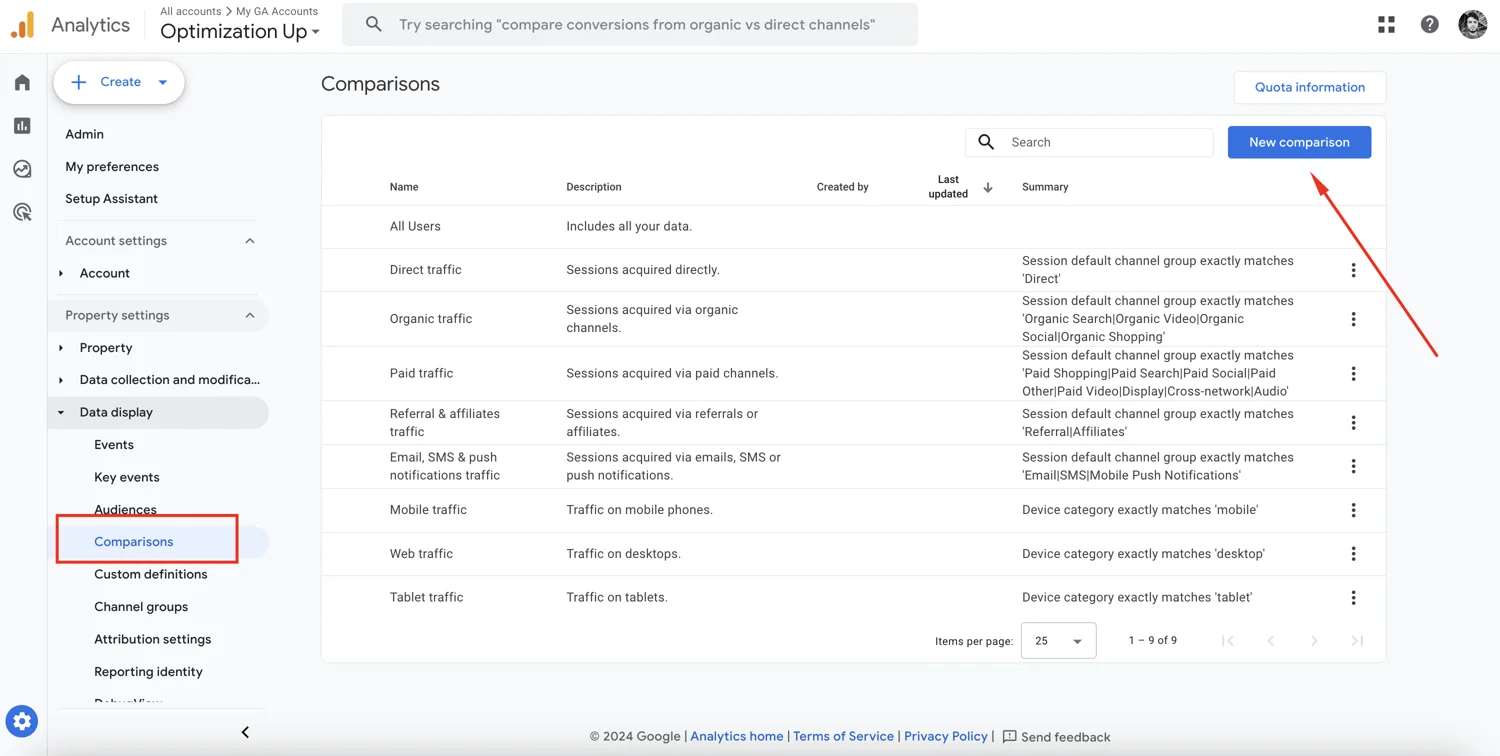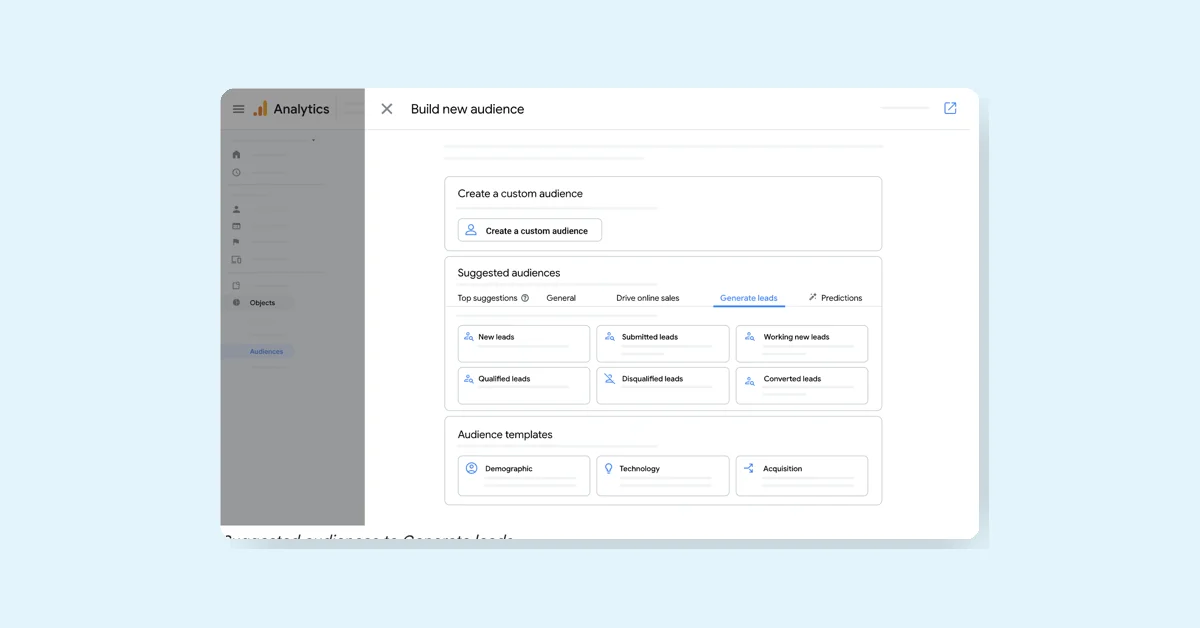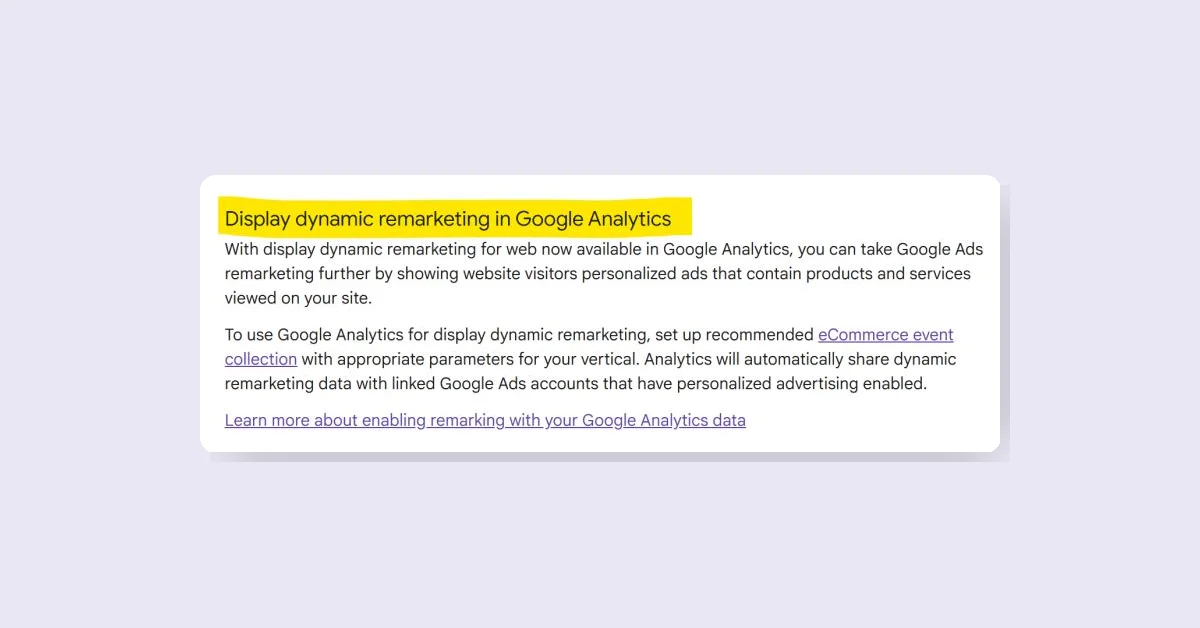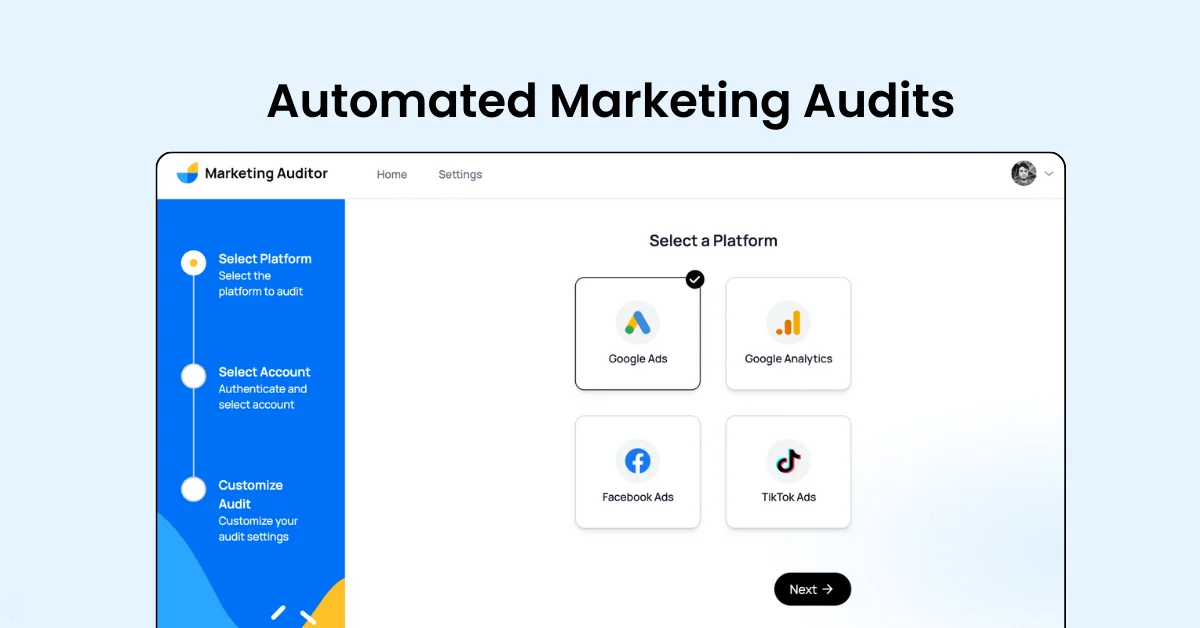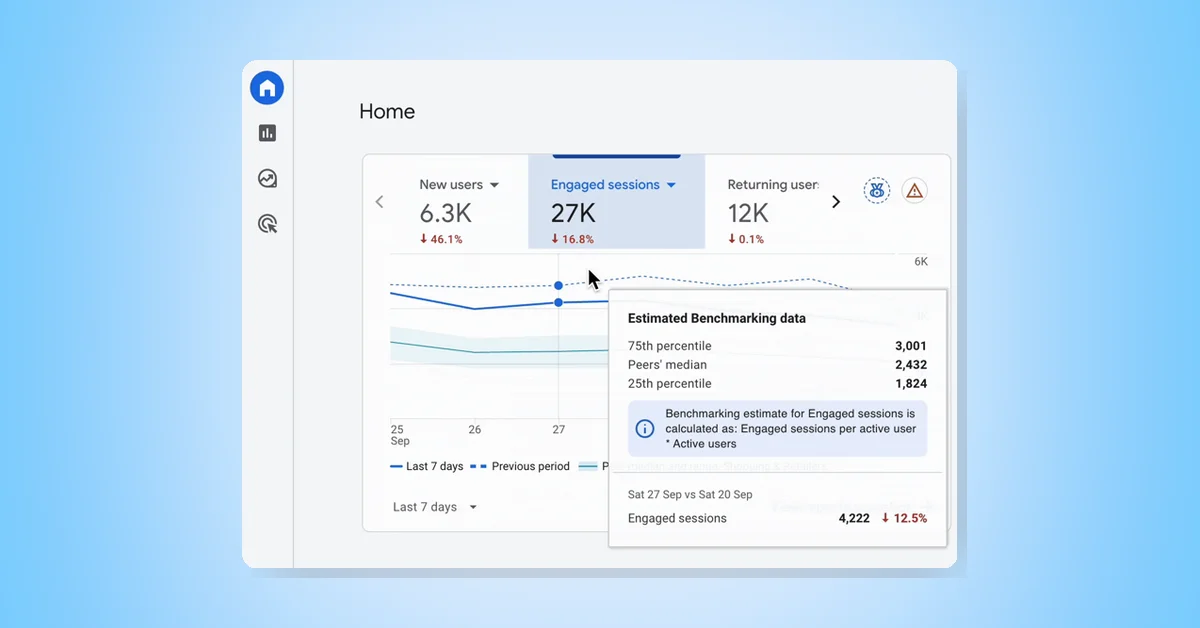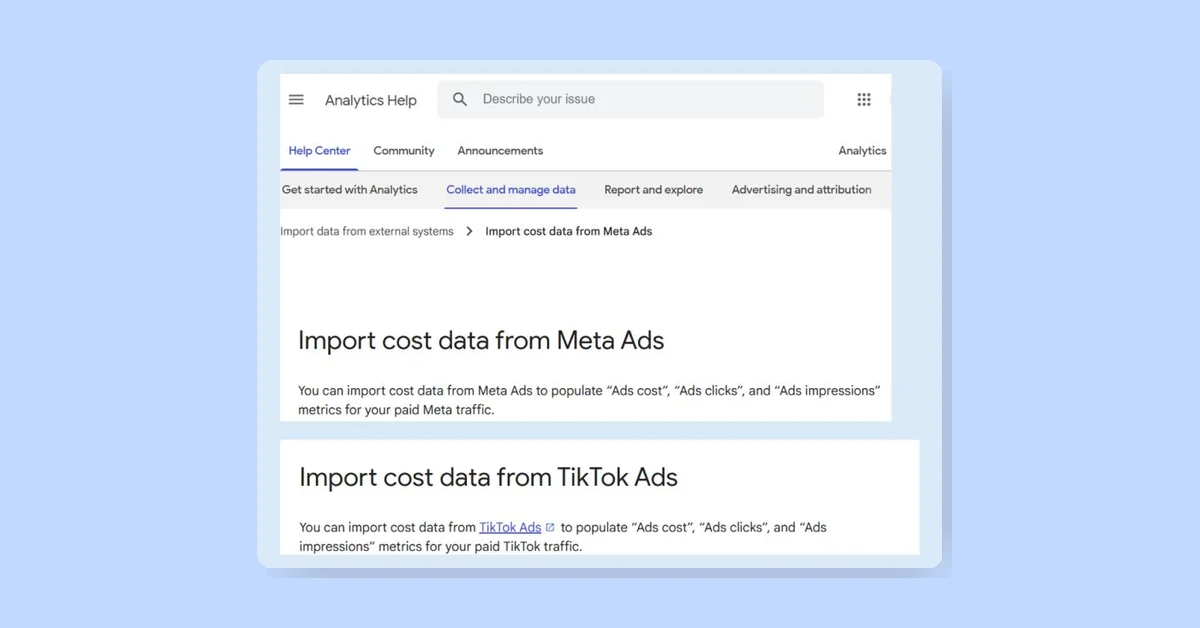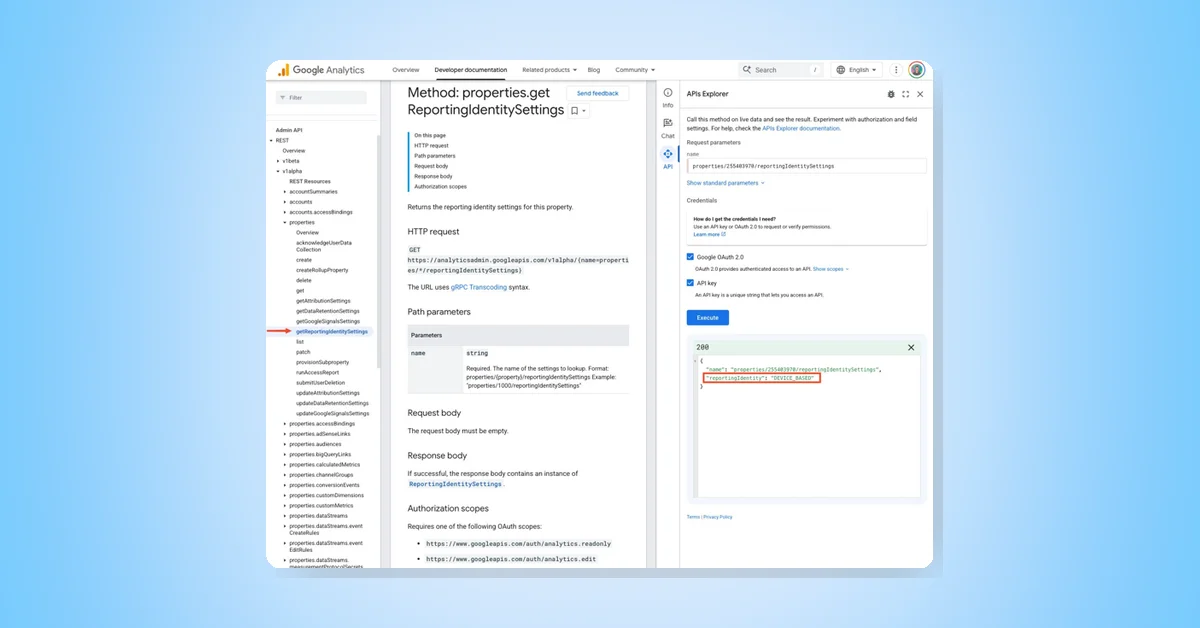The Save Comparisons functionality in GA4 has been officially re-announced after a brief removal due to an unforeseen event. This feature allows users to save comparisons for future use. By default, a series of comparisons, such as Direct Traffic and Web Traffic, is created. However, saved comparisons currently do not apply to Explorations.
The process for using comparisons has slightly changed but remains broadly similar. The limit for saved comparisons is 50 per property for GA4 and 200 per property for GA4 360. This enhancement, identical to segments in Universal Analytics or features in tools like Piwik Pro, is expected to expedite daily tasks.
The 'Saved Comparisons' tool enables the creation of customized filtered views of Google Analytics data based on dimensions such as platform, country, traffic source, and custom audiences. These dimensions can include multiple conditions using logic operators. For instance, a comparison could separate "Android OR iOS" traffic from web traffic or combine location data like "Country = Argentina OR Japan" with platform filters.
Once created, these customized comparison views can be saved to the property level in Analytics. Users with access can then swiftly apply saved comparisons to any report for efficient analysis without rebuilding filters.
For advanced filtering needs, Google suggests creating a custom audience first and keeping a comparison based on that audience definition. However, some reports may be incompatible if they don't include the filtered dimensions used in a saved comparison.
Why does it matter? The 'Saved Comparisons' feature addresses a time-consuming aspect of analytics work, such as constantly recreating filters for common comparisons. It allows for sharing saved comparisons with colleagues for consistent analysis views, switching between comprehensive views and isolated comparisons with a single click, and breaking down conversions, engagement, audience origins, and more by saved user segments.
Although this new feature in Google Analytics seems minor, it can significantly boost productivity by simplifying workflows and reducing time spent on mundane tasks.
Image Credit: Steve Lamar
